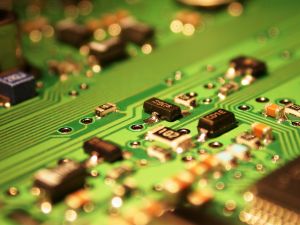 Going green can mean ensuring that your technology doesn’t hog electricity and other resources. A good part of your “footprint,” the amount of impact that you and your household have on the environment, can be affective my your technology. Here are some ways to green up your stuff without living like you are off the grid.
Going green can mean ensuring that your technology doesn’t hog electricity and other resources. A good part of your “footprint,” the amount of impact that you and your household have on the environment, can be affective my your technology. Here are some ways to green up your stuff without living like you are off the grid.
Know your home theater
As televisions get larger and the standard CRT gets replaced by plasma and LCD, and as surround sound speakers are added, the energy consumption on your home theater system goes up. Knowing which of these products have the least impact is important when you are going green. Eco-friendly products, such as the new Phillips Eco TV, can lessen the impact. Other advice: in general, the larger your screen, the more energy that it uses. The type of HDTV can affect energy consumption as well. Plasma televisions usually use more energy than do LCD televisions.
Get rid of those phantom loads
I keep coming back to this one because it is so important. Many devices continue to use energy when they are technically off. The guidelines have been that anything that uses a remote to turn on or off, or has a clock uses energy when it is off. Now here is a new category to add: chargers. Cell phone chargers and laptop batteries continue to draw power even if they indicate that the charge is complete. Don’t forget shutting off those computers, too. To learn more about phantom or vampire electronics, you can click here. To learn more about shutting off your computer, you can click here.
Reduce the casual paper consumption
Remember the predictions that computers would lead us into a paperless society? In fact, technology has only prompted us to use more paper. We print out e-mail messages and web pages, and we print them on one side only. We print out copies of long presentations and meeting agendas for everyone in a meeting, regardless of whether it is really useful or not. The average office worker prints out 8 tons, yes TONS of paper a year. It takes about 178 million trees to produce that paper, not to mention clean water to process it. These figures come from PC magazine. Find ways to reduce the use of your printer.
Mary Ann Romans writes about everything related to saving money in the Frugal Blog, technology in the Computing Blog, and creating a home in the Home Blog. You can read more of her articles by clicking here.
Related Articles:

